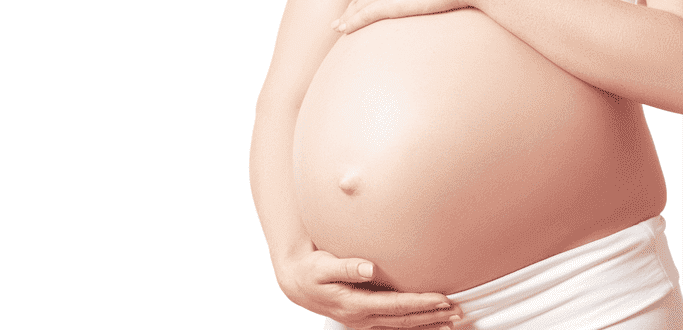August 14, 2023

Diastasis Recti is a condition that affects more than half of all pregnant women, and it can also affect newborns as well. The term diastasis means to those who engage in certain types of diets and exercise routines.
The name of this condition describes the separation between the left and right portions of the abdominal wall. During pregnancy, the tissues in the abdomen can become stretched beyond their capacity to maintain their shape. At this point, the abdominal walls may separate.
Once the walls of the abdomen are stretched, the area becomes weaker than normal. This becomes more likely to happen as the woman increases the number of pregnancies. This condition is not directly painful, but it can cause secondary problems. Healthcare providers agree that this condition can occur any time during a pregnancy, so periodic testing is encouraged.
Examples include:
In some cases, the sacroiliac joint can be affected because of the reciprocal relationship between supporting muscle groups.
The test for Diastasis Recti is relatively simple. The patient lies on the back with the feet flat on the floor. The patient must lift the head from the ground until the shoulders also come off the ground. The clinician then measures the distance between the abdominal walls near the navel. If the gap is wider than two centimeters, the test is considered positive, according to Boissonnault, 1998. Once a positive test is performed, there are several treatment options available. This condition should not remain untreated.
Physical therapists and other soft-tissue therapists have treatment techniques that can encourage the abdominal muscles to their original shape. Because the abdominal wall was changed because of extreme stretching, the approach of strengthening this area makes a lot of sense.
Physical therapists specialize in strengthening specific muscle groups for therapeutic purposes, and additional techniques are constantly being added tory.
Current techniques used by physical therapists for increasing the strength of the abdominal wall may include:
Not all of these options are going to achieve the best results. At the same time, pregnant women should avoid specific types of exercises like crunches and sit-ups.
The physical therapist can also help patients to endure discomfort when remedies are available.
Dr. Lev Kalika is a world-recognized expert in musculoskeletal medicine. with 20+ years of clinical experience in diagnostic musculoskeletal ultrasonography, rehabilitative sports medicine and conservative orthopedics. In addition to operating his clinical practice in Manhattan, he regularly publishes peer-reviewed research on ultrasound-guided therapies and procedures. He serves as a peer reviewer for Springer Nature.
Dr. Kalika is an esteemed member of multiple professional organizations, including: